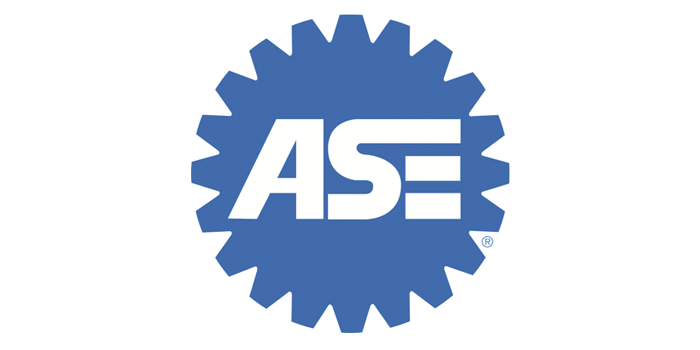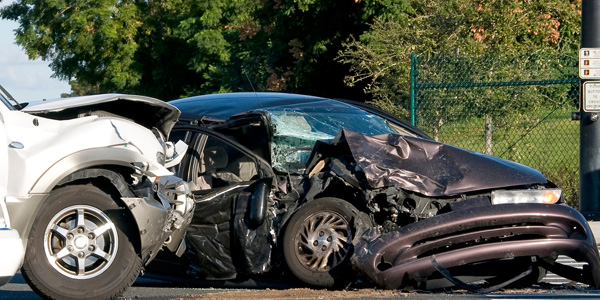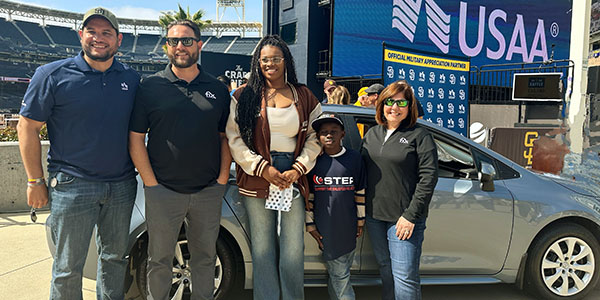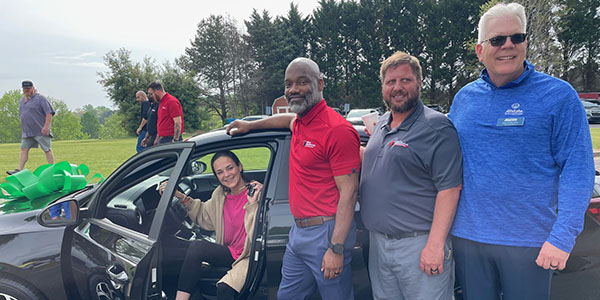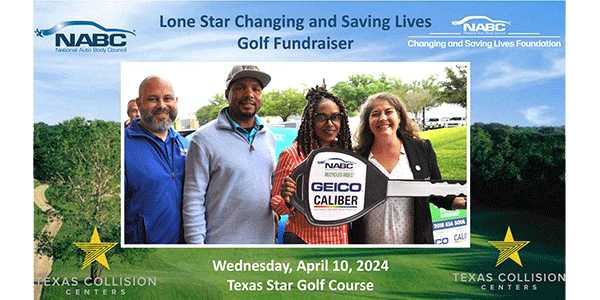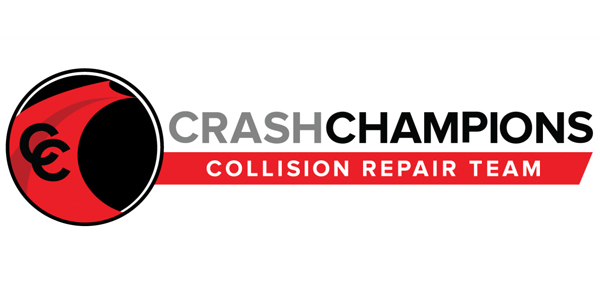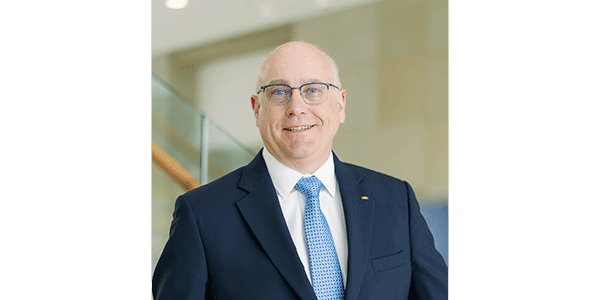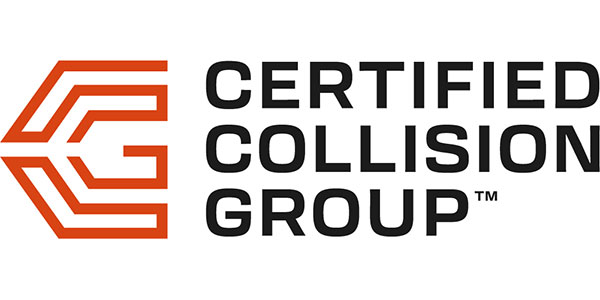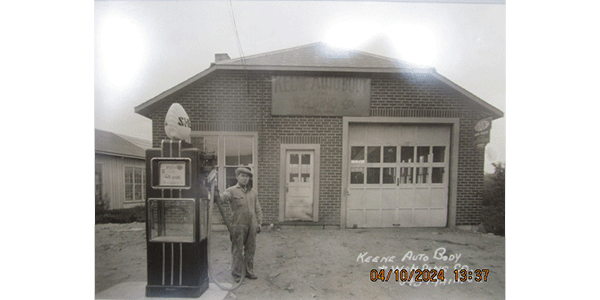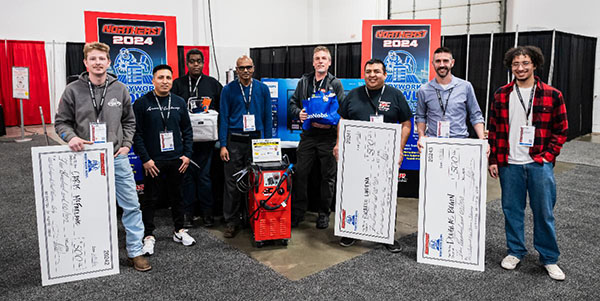Dear Georgina:
I enjoyed reading your article on paint judgment times [Editor’s Notes, March, pg. 6]. I see more and more insurance adjusters’ estimates calling for blend within the panels on repaired panels. Allstate and Farmers have been the worst for taking advantage of this.
Once Allstate wanted to repair a quarter panel for 12 hours and blend within the panel. Another Allstate adjuster wanted to blend within the panel on every panel on a complete paint on a recovered theft. I tell them that’ll be fine, but they will pay me to block and prime the panel.
I explain to the adjuster that all paint times are for new, undamaged panels and, therefore, the shop is entitled to the full paint time or more each time a panel is repaired. Of course, they respond with the old, “I’ve never heard of that before, and no other shops have ever mentioned that.”
As long as shops allow adjusters to take advantage of them, adjusters are going to continue to take it.
Sincerely,
Gerald Young, CEO
Mid Cal Body Shop Inc.
Stockton, Calif.
Dear Georgina:
Just received the March 2004 issue. I always read each issue cover to cover and learn something new each time. (I’ve been estimating full time for about four years.) Your information regarding Farmers sending the directive is another example of that company in particular altering and reinterpreting laws and/or standard procedures to suit their needs.
We were told, “We pay for flex additive so we don’t check the box for paint off the vehicle.” Another item missed on the first major panel given an overlap time is the reduction to clearcoat on that first overlap reduction. Not checking the “paint off vehicle” box reduces the estimate by about $82.
One other trick Farmers tried was to cut-and-paste various laws here in California regarding “limits” on storage, showing how they only had to pay $400. We found these cut-and-paste portions of the laws in the full text of different sections.
Keep watching for the next Farmers tactic.
Michael Drysdale, general manager
Alfi’s Auto Body
Campbell, Calif.
Hey, Coneheads! Stop It!
Let’s educate these shop owners who fuel the reconditioned bumper cover market by selling cones to bumper companies for $5 each. They’re doing all of us a severe injustice by returning these “repaired, prior-damaged” parts back into the system. The repairs are crude, and the primers aren’t compatible with some paint systems. If none of these were available, the insurance companies couldn’t write “recon,” and it would reduce supplement paperwork.
Bill O’Keefe, president
Avenue Collision
Paramus, N.J. A
Wire Size Does Matter
A word of caution: Based on the information that’s being offered by a few manufacturers of resistance welders that are approved by the OEs for welding Boron, the “wire size” leading to the three-phase receptacle (outlet) will make a difference in the performance of the weld and the quality/integrity of the weld nuggets.
The “standard building electrical code” recommends #8 wire size for 50- or 60-amp three-phase circuits. Many collision facilities such as the new Auto Body Hawaii oversized their wire by installing #6 wire size. The voltage drop increases the longer the distance between the circuit breaker panel and the outlet. Increasing the wire size minimizes the voltage drop and increases the welder’s performance.
Enter the new challenges of welding the super-high-strength metals such as Boron, which require inverted 10,000-amp three-phase resistance welders. These approved resistance welders now require #4 wire size, and using these welders without the proper wire size will result in failed welds.
Auto Body Hawaii has been in its new location for less than six months, and we’re now removing the #6 wire to all 10 of our three-phase resistance welder outlets and installing the now recommended #4 wire – at a cost of $6,000.
March Taylor, owner
Autobody Hawaii
Kailua-Kona, Hawaii
A/M Parts on the Big Island
I didn’t think aftermarket parts impacted us here on the Big Island, being on an island without any nearby sources (the only source is on the island of Oahu). History has shown that when we utilize A/M parts, the risk is very high – the rejection rate for A/M parts doesn’t justify the use. I’m referring only to the transportation cost to return the part; I’m not considering any other cost or aggravation that parallels a rejection.
Boy was I mistaken about A/M parts not impacting us here! You guessed it – a Progressive claim. Somehow we ended up with a CAPA-certified left front fender for an ’00 Ford Ranger. The CAPA part was listed on the Progressive estimate. When the technician asked me why all the replacement parts were OE and then asked why he was given a certified offshore fender that didn’t fit, I became puzzled and wanted to take a closer look at the situation, wanting to know why a certified fender was being rejected.
Regarding appearance, the fender looked pretty good; it had a good e-coat, but it felt a little heavier than the OE fender. There was also some transport damage (about an hour’s worth), but that’s expected due to poor packaging and the number of times the part is handled until we receive it. Upon closer examination, you could see the upper flange bolt holes were a little off, but there was enough adjustment to overcome this bolt hole misalignment.
The aggravation came when attempting to fit the fender to the body. The rear vertical edge of the fender couldn’t be aligned flush with the front edge of the door – it stuck out at the top about 3mm. Continuing the examination, I observed that the upper horizontal corner of the fender was also flawed. The area where the fender flushes to the cowl panel, the CAPA-certified fender was much too low (again about 3mm).
Upon conclusion of the examination (taking a good 15 minutes of wasted time), it was determined the only way to get the fender to align would be to fabricate the flawed areas, probably about four or five hours of metal and filler work.
Our technician became very angry when I questioned the accuracy of the structural work he’d done to the vehicle – that the fender didn’t fit because the vehicle hadn’t been pulled to tolerance. We had to double check his work to eliminate that possibility – again, wasting our time.
Now that the job has stopped, we’ve notified the customer – who’s now irritated. We also have an angry technician and an angry estimator. Our estimator has informed me that Progressive protocol requires the Progressive appraiser to inspect the rejected part to confirm it’s flawed, taking days and further delaying the job.
Our industry has said time and time again that when our side is forced to use low-quality AM parts, the cost to our side of the industry is incalculable! When are these bad experiences going to stop?
Listed below is a conservative summary of my calculation of time spent dealing with a fender that shouldn’t have left the manufacturer but should have been scrapped by CAPA and the distributor:
– Tech attempts to fit fender. 0.5 hrs.
– Tech notifies production manager and they review situation. 0.3 hrs.
– Production manager notifies estimator and they review matter. 0.3 hrs.
– Estimator reviews file to confirm CAPA fender was ordered. 0.2 hrs.
– Review complaint form on CAPA Web site. 0.1 hrs.
– Acquire info. for form. 0.1 hrs.
– Fill out complaint form. 0.3 hrs.
Now compare (below) the list that was given to me by our administrative staff.
– The labor cost of trial fitting the part, only to find out it doesn’t fit properly.
– The cost of the part(s).
– Original shipping cost, from Hawaii Quality Collision Parts to Auto Body Hawaii.
– Return shipping cost, from Auto Body Hawaii to Hawaii Quality Collision Parts.
– The labor cost to repackage the part for return.
– The cost of the original telephone call to order the part(s) (not toll-free number).
– The cost of administrative labor to place the original part(s) order to the vendor.
– The cost of the telephone call to notify the vendor of the part(s) to be returned.
– The cost of administrative labor to notify the vendor of the part(s) to be returned.
– The cost of the telephone call to notify the shipper of the part(s) to be returned.
– The cost of administrative labor to notify the shipper of the part(s) to be returned.
– The cost of administrative labor to acquire and fill out the necessary forms for rejected part(s).
– Additional rental car cost for delays.
– Workstation tie-up charges.
– The cost of the telephone call to notify the insurance company of the delay.
– The cost of administrative labor to notify the insurance company of the delay.
– The cost of administrative labor to notify the customer of the delay.
March Taylor, owner
Autobody Hawaii
Kailua-Kona, Hawaii
P.S. I just completed filling out the on-line CAPA complaint form. I wouldn’t wish this task on my worst enemy. What a bunch of bull! It took me 25 minutes to acquire all the information and to complete the form on their Web site. I can see why CAPA says they have a very low rejection rate. We don’t have the time to do their dirty work! There’s something fundamentally wrong with this situation that continues to repeat itself, causing significant financial damage to our industry.
Editor’s Note: The manufacturer of the part did offer to pay Taylor a couple of hours of labor at $48 per hour. Says Taylor: “I told them to send the money to SCRS. Boy, I wonder if this is a first – them acknowledging and then compensating a repairer, or is it because of who I am – a guy with a big mouth?”
Why the Insurance Hikes?
Why is it that in the state of New Jersey they’ve allowed the insurance industry to raise garagemen’s liability and PAC insurance so much since 9-11? My insurance has gone up more than $10,000 in recent years, and now I get another increase – this time, $40 for terrorism act insurance. WHO THE HECK IS GOING TO TERRORIZE A BODY SHOP? I know … the insurance companies.
Then the governor wonders why small businesses are leaving New Jersey. They’re forcing us to close our doors. Heck, I almost feel like closing my doors and going to work for someone. If it weren’t for my family’s history in this industry, I’d probably be gone.
And it’s not just New Jersey. Rates for shops across the country have gone up 40 percent since 9-11. Why? The insurance industry’s answer is “because of the large pay out we made.”
My response: What about the last 65 years of premiums I’ve paid when there were no pay outs? Where’s that money?
I feel that if the state didn’t allow this, the insurance industry wouldn’t be able to do it on their own.
Concerned shop owner
Northeast New Jersey

